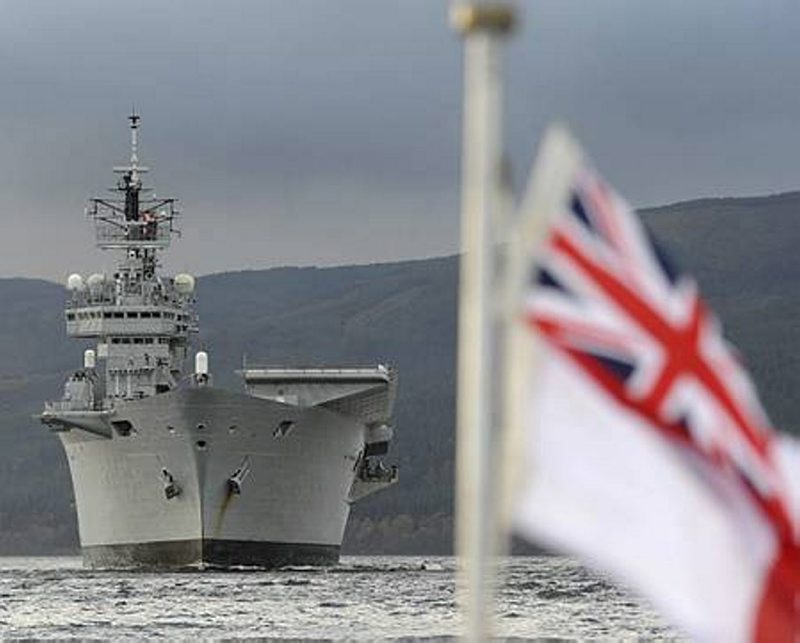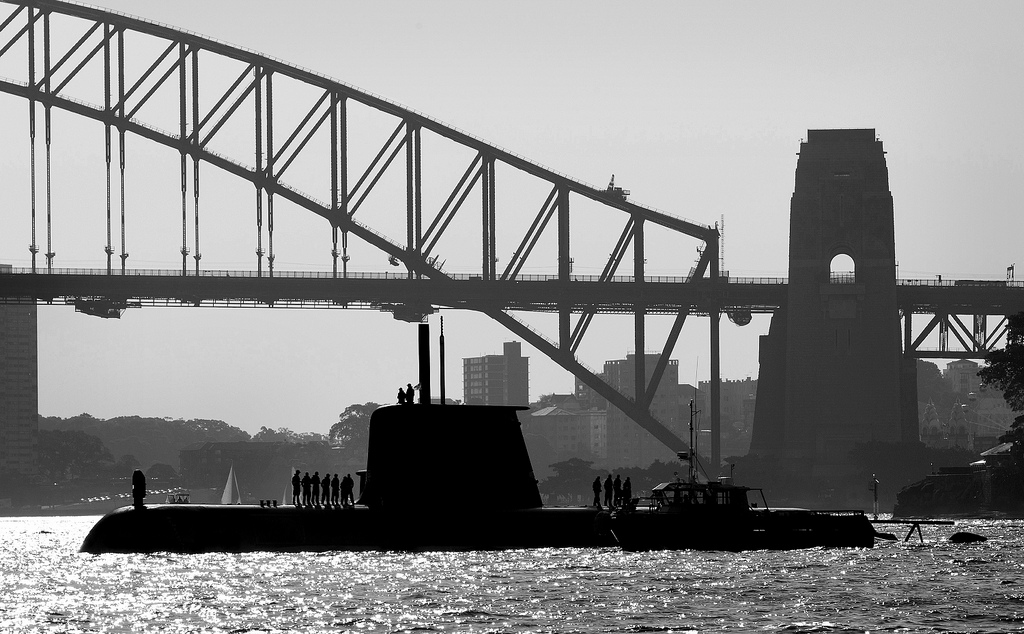Reader response: getting carried away with Britain’s new carriers
Harry White’s contribution on the UK carrier program highlights a number of the flaws in the UK’s current approach to its defence capabilities. But he seeks to ask the wrong first question in suggesting that it should be ‘are carriers the best way to achieve our strategic objectives for the money’?
Rather, the UK needs to go much deeper than this and seek to work out much more precisely just what its strategic objectives are. If, as proposed in the 1998 Strategic Defence Review, they are to include a capacity to intervene overseas, only then does the question of whether carriers are the appropriate basing solution for air power arise.
If (and only if) there is determined to be a requirement for an intervention capability, it’s worth looking at the very mixed experience with maintaining basing access and passage through other nations’ airspace that the UK and its partners had during operational contingencies in the 1990s, and the part that this played in the original decision to build the carriers. The need to achieve and maintain access certainly drove much of the thinking behind the 1998 SDR and was the reason for the unanimity of Defence advice (including the RAF) at the time. If the UK is to continue in the intervention game, then that issue of access very much remains on the table. And, even if access can be assured, there remains the question of the cost benefit difference between proximate, sea delivered air power (plus seaborne lift—and an island state like the UK will always need to use the sea when conducting expeditionary operations) and long distance air-to-air refuelled capability. This is a very complicated question. Read more









